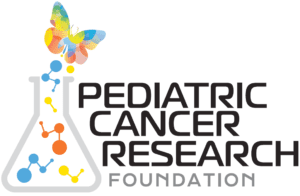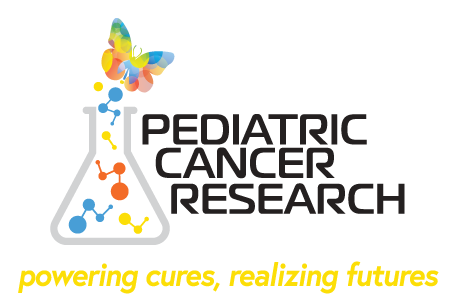By Bill Thomas | February 1, 2024
From surgery and chemotherapy to immunotherapy and stem cell transplants, the toolbox used by doctors treating pediatric cancers is growing. None of these treatments, however, would be possible without years of pediatric cancer research.
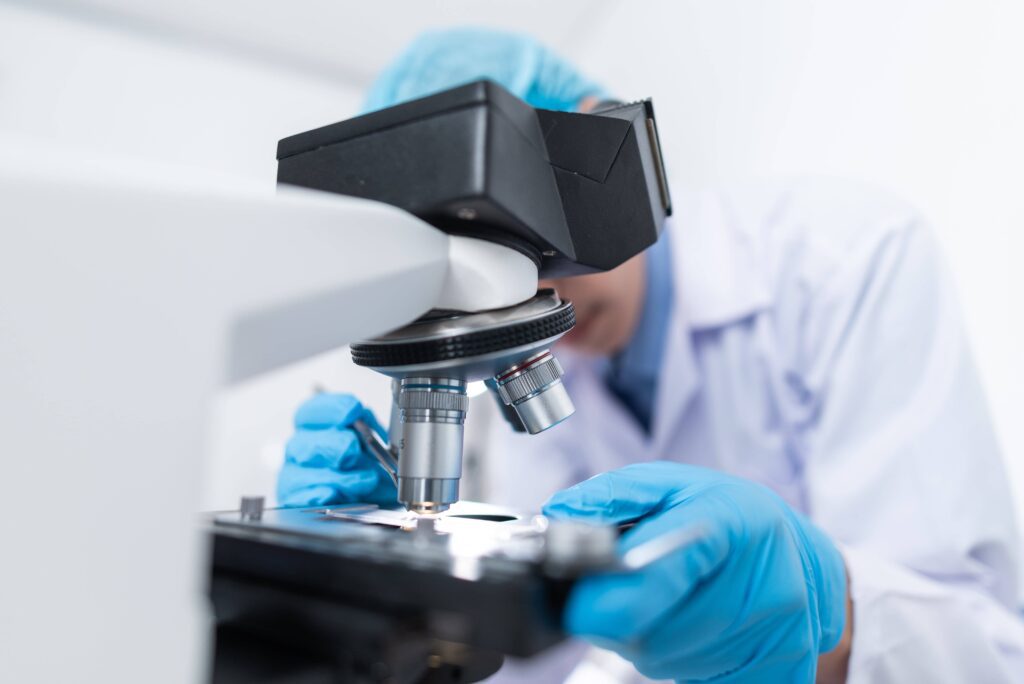
Research is the bedrock of all medical advancement. It’s what allows scientists to take basic observations, expand those observations into testable hypotheses, and then ultimately refine those hypotheses into practical applications that offer real-world benefits. That’s why the Pediatric Cancer Research Foundation is committed to facilitating exciting new research opportunities with the help of our generous donors. Exploring these opportunities is essential, both for growing our knowledge of pediatric oncology and for developing more effective therapies for treating the many types and variations of childhood cancers.
But what exactly does the research process look like? How do treatments go from the “bench,” as researchers often refer to their lab experiments, to the patient’s bedside? To help answer these questions, we sat down with Dr. Amanda Saratsis, a pediatric neurosurgeon at Advocate Lutheran General Hospital in Park Ridge, IL, and PCRF board member.
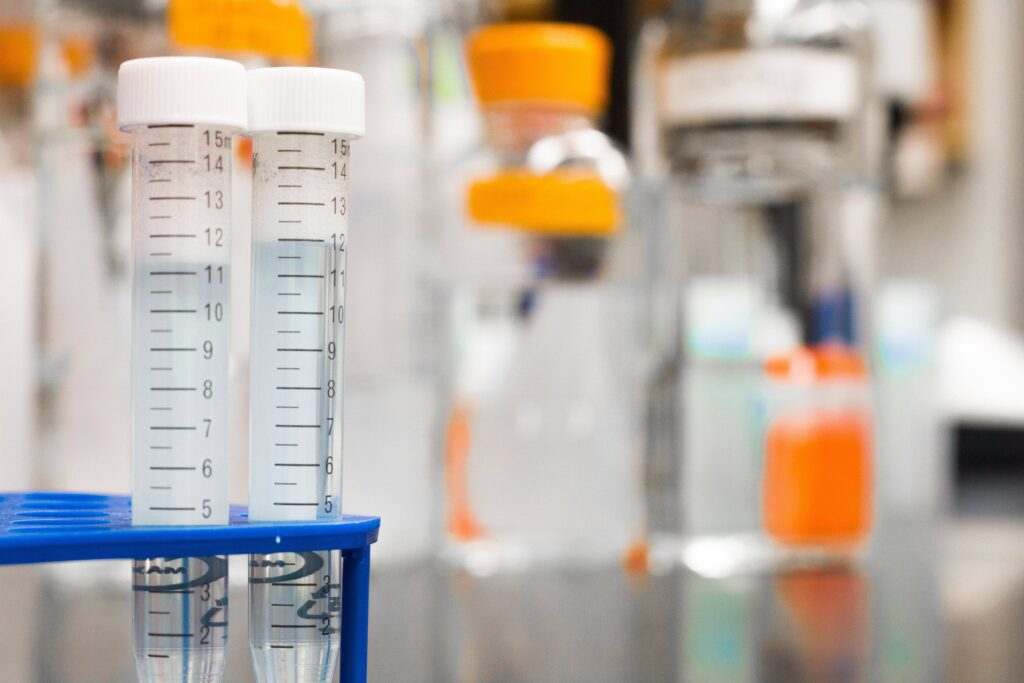
What Are the Three Types of Research?
“All research begins with asking a question and an idea of how to answer that question by formulating and testing a hypothesis. Scientists often want to answer tough and meaningful questions that will either have an impact on well-being or help us understand the workings of the world around us,” Dr. Saratsis said.
“Once a question of interest has been identified, scientists design experiments using techniques in their expertise to try to prove, or disprove, their hypothesis. They gather data as evidence and make conclusions based on scientific principles. Those conclusions can then be used to shape policy, change medical treatments for a particular disease, or further future lines of inquiry, depending on the type of research that was conducted.”
Basic Science Research
The first type of research is basic science research. As Dr. Saratsis explained, “This is work that is conducted to help us better understand a scientific mechanism, such as how a tumor cell replicates, or how gene expression is altered in the setting of a disease. This research is designed to answer a scientific question that will further our knowledge of the natural world and guide future research.”
Translational or Preclinical Research
The terms “translational research” and “preclinical research” both refer to the same thing. “Translational research is work that is conducted with the goal of applying a new scientific idea or finding to another process, such as investigating whether a novel chemical compound is effective in killing tumor cells in a petri dish or animal model of disease,” Dr. Saratsis said. The reason this type of research is sometimes described as preclinical research is because it may help establish the biological basis for pursuing a clinical trial.
Clinical Research
The third and final type of research is clinical research. Clinical research serves as the final culmination of the research process, examining the safety and efficacy of new medications, treatments, technologies, and diagnostic techniques discovered and/or developed through basic and translational research. This is the point at which, for example, a novel chemical compound that has been tested in a petri dish or animal subjects moves forward into human trials. Because of this, clinical research is even more regimented and regulated.
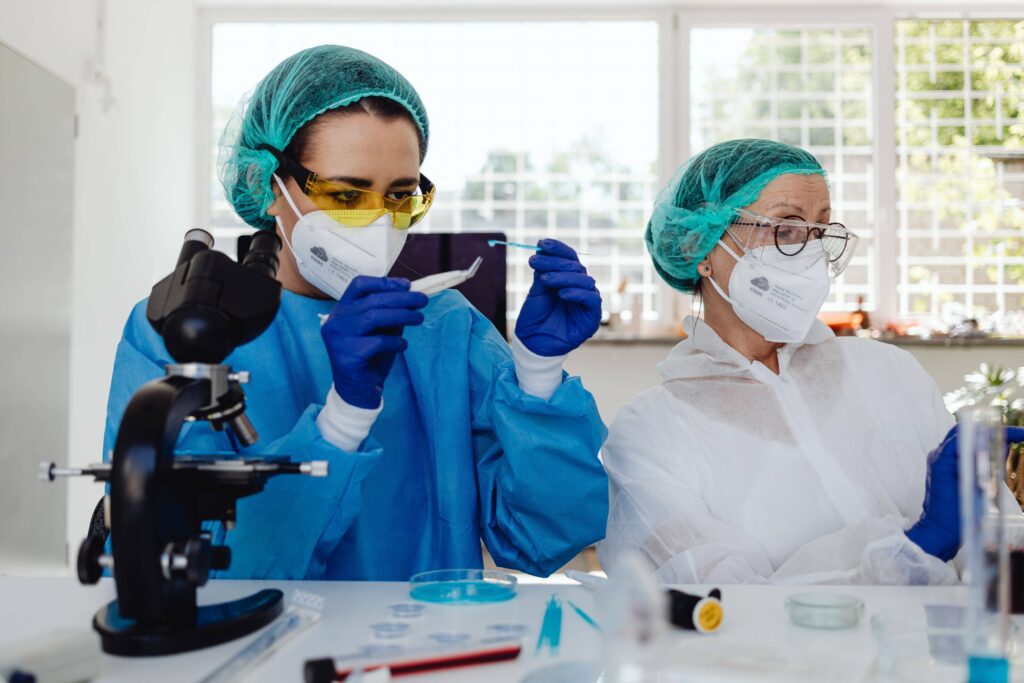
What are the Four Phases of Clinical Research?
“Clinical research is unique in that clinical trials have specific, designated phases,” Dr. Saratsis explained. “A clinical trial of a particular cancer treatment may begin by asking the question ‘Can we identify a better tolerated or more effective treatment for a given type of cancer?’ A clinical trial would then be conducted in phases.”
Phase 1
The main purpose of Phase 1 clinical trials is to determine the safety of a new treatment. “The first step is taking a small number of patients, maybe 10-20 patients, and testing what’s called a dose escalation study,” Dr. Saratsis described. “In a dose escalation study, researchers try different dosages to see how tolerable a novel compound is, as well as if there are any side effects or untoward effects. The goal of this is to find a ‘sweet spot’ dosage that the researchers can then test at a grander scale in order to explore its efficacy.”
Phase 2
“Once safety of the treatment has been established, Phase 2 trials ask the question ‘Does the treatment work?’” Dr. Saratsis said. “The hypothesis would be that a new treatment approach, which could be a new drug, a new dosage, or other clinical intervention, is effective in treating the disease of interest, measured in different ways such as patient survival or symptom progression.” This involves testing the new treatment on a larger pool of patients. For this reason, Phase 2 trials, may encompass multiple research sites across multiple states or countries.
Phase 3
If a Phase 2 trial finds that a new treatment is indeed effective, the research then proceeds to a Phase 3 trial, which is used to determine if the treatment is better than the current standard of care. Like Phase 2 trials, Phase 3 trials are often conducted in multiple sites in multiple states or countries. Phase 3 trials often last several years and require greater numbers of patients to be enrolled in order for researchers to see a statistically significant difference in clinical outcomes. The data generated through a Phase 3 trial is then submitted to the FDA for approval of the new treatment.
Phase 4
Although some might assume the clinical research process ends after a treatment receives FDA approval, there is more work to be done. As Dr. Saratsis explained, “Phase 4 clinical trials do exist and are designed to answer the question ‘What can we still learn after a therapy is FDA approved and brought to market?’” Phase 4 trials study the impacts of a treatment over a long period of time, both in terms of efficacy and side effects. The kind of long-term research data collected in Phase 4 trials is not possible to collect prior to widespread adoption of a treatment.
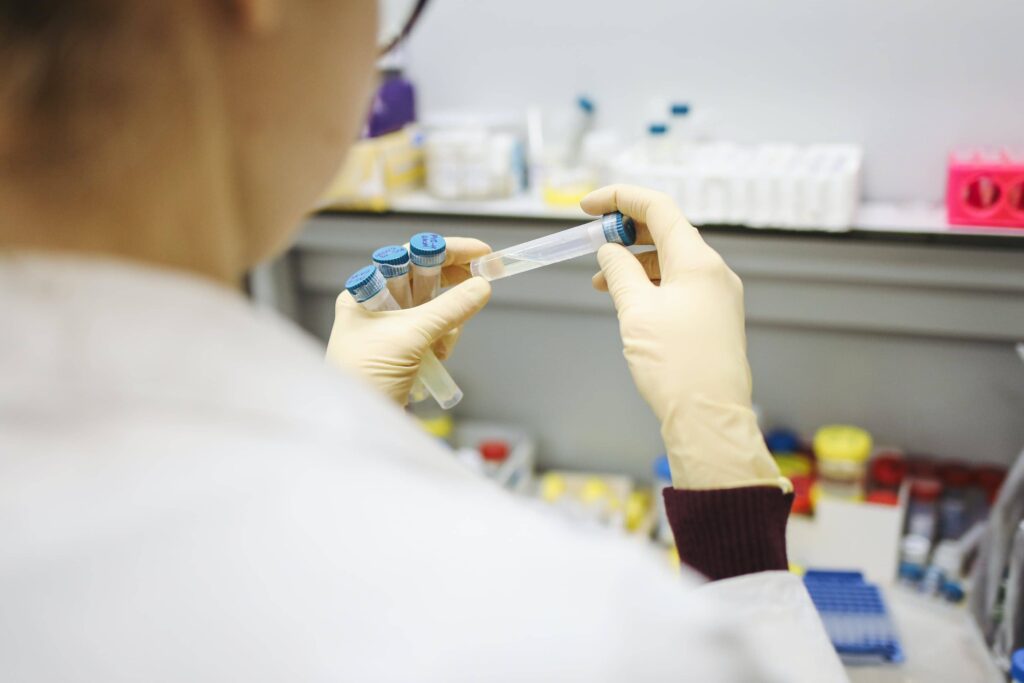
Why is the Research Process So Important?
Transforming a novel treatment from an idea in a researcher’s head to an FDA-approved medication used by doctors all over the world is a complicated process, but a vital one.
“There is a reason why studies are designed intentionally and according to the scientific method: so that the findings that result are rigorous and reliable,” Dr. Saratsis said. “There is also a reason why studies of treatments for human disease move from the bench as basic science research, to translational or preclinical studies, to then clinical trials. This is to ensure the safety and effectiveness of novel treatments as they are studied and tested and eventually applied to human disease.”
None of the innovative work facilitated by the Pediatric Cancer Research Foundation today would be possible without decades of research conducted by hard-working scientists all over the world. If you would like to help us continue bringing new pediatric cancer treatments from the bench to the bedsides, please consider becoming a donor. Don’t forget to follow the Profectus blog to stay up to date with the latest insights and updates on the people and science advancing pediatric cancer care!
